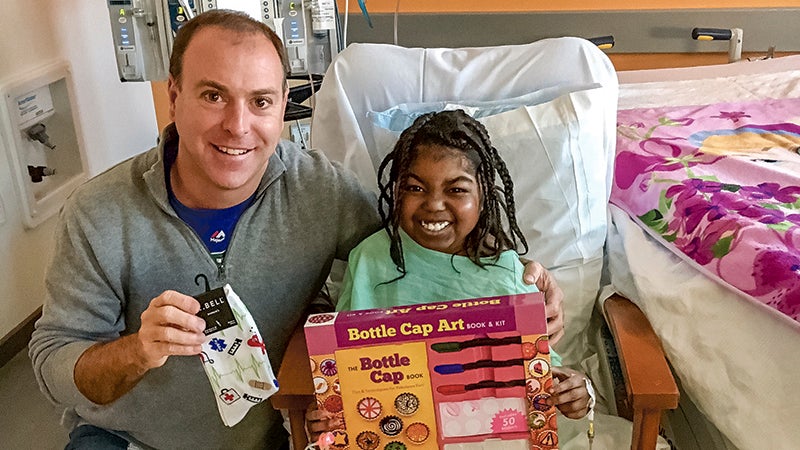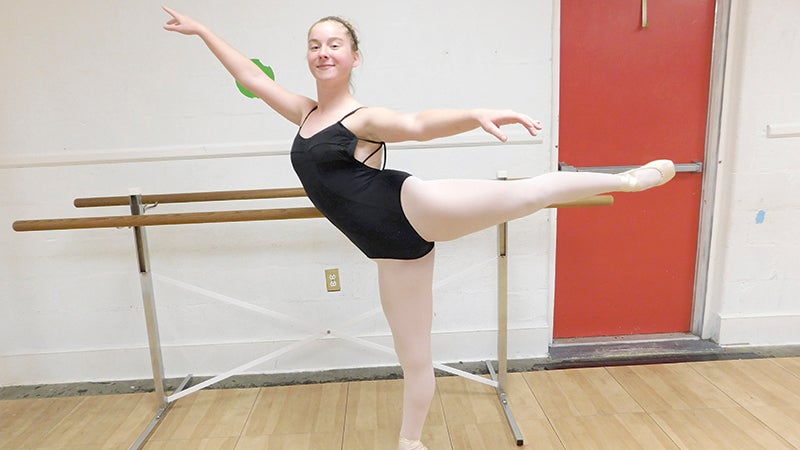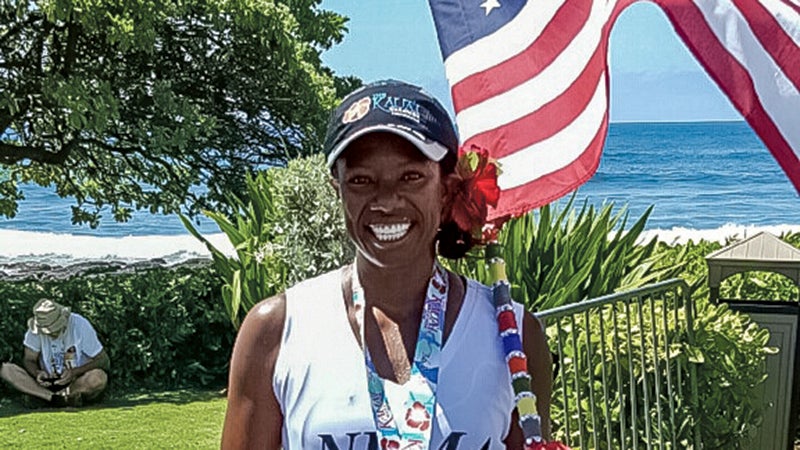Paws for thought
Published 8:49 pm Saturday, August 25, 2012

“Tater Chip,” an orange tabby adopted from the Suffolk Humane Society after being captured by Suffolk Animal Control, gets better acquainted with the DeFoor family’s other pet, “Teddy” the sheltie.
Suffolk’s high rate of animal euthanasia begins to fall
About a month ago, Cathleen DeFoor and her daughter, 17-year-old Caitlin DeFoor, decided to adopt a cat from the Suffolk Humane Society.
The four-month old orange tabby had been captured by Suffolk Animal Control and already had a name, “Tater.”
“Tater” was expanded to “Tater Chip,” and thus personalized.
“I’ve owned many pets, acquiring them through various sources over the years,” said Cathleen DeeFoor, who volunteers Saturdays with her daughter at the Chesapeake Square PetSmart, which has animals for adoption. “This was the first time adopting from Suffolk Humane.”
People like the DeFoor family have taken advantage of the work done by the the city and the Suffolk Humane Society to reduce the number of stray and abandoned animals that are put to sleep at the Suffolk animal shelter.
Figures from the Virginia Department of Agriculture and Consumer Services show that Suffolk is euthanizing fewer captured cats and dogs since the Humane Society formed locally in 2007.
But the city still puts down a greater percentage of sheltered animals than either the state or most other Hampton Roads cities.
In 2006, Suffolk euthanized 78 percent of 1,405 cats and 51 percent of 1,448 dogs brought to the animal shelter, significantly more than combined euthanasia rates for Virginia rescue agencies and municipal facilities of 53 percent of 125,739 cats and 34 percent of 144,085 dogs.
Five years later, and after the humane society formed in March 2007, the city in 2011 euthanized 66 percent of 1,638 cats and 35 percent of 1,195 dogs.
Suffolk Police Maj. Larry Wilson attributed the higher adoption rate driving the euthanasia decrease to several factors, including a mindset change among animal control and shelter staff, as well as the work of Suffolk Humane.
“There was a culture change among employees and a recognition of the need to really push those adoptions,” he said.
When Suffolk began vaccinating captured animals in 2007 and spaying or neutering them in 2009, adoptive families began getting an even better deal than they had before.
But the city’s euthanasia figures are still high against statewide rates, which in 2011 were 50 percent of 94,995 cats and 26 percent of 108,256 dogs.
Euthanasia rates are always going to be high “until people understand that it’s important to spay and neuter,” said Kay Hurley, the society’s director of community outreach.
“I think we are definitely making a difference, and I think we’re creating awareness” through education efforts and community outreach.
“I think most of those other cities have had (Humane Society) organizations in place for a long, long time. I think it’s a matter of, hopefully, the longer we’re around, the more we can make a difference (and) the more people we can reach.”
Earlier this month, Suffolk Animal Care Facility unveiled major upgrades, including an additional 3,600 square feet, extra kennels, and additions to make visits by prospective adopters more agreeable.
“I think it made their animal care center more adoption-friendly, and I think people, when they consider a pet, might be more likely to go there, because they won’t feel it’s depressing,” Hurley said.
Hurley called on animal lovers to do more to promote animal welfare. “If you love animals, make a difference — do something,” she said. “If you can’t volunteer, there are other things you can do. Donate towels. Don’t just say, ‘I love animals,’ and do nothing.”
She encouraged more young people to get involved in the Mutt Strut, the society’s main fundraiser, which this year will be held in May.
Wilson cited Suffolk Humane as another big factor in decreasing euthanasia rates, as well as the emergence of more foster homes, where puppies and kittens are cared for until old enough to be adopted.
“Our facility does not have the time or opportunity … for nursing, or may not have a nursing mother,” he said.
The facility has gone from “an animal control situation to basically now an animal care center.”
DeFoor said they decided to adopt “Tater Chip” after the death of their British shorthair of almost 14 years.
“We had come to meet Tater by working at the PetSmart,” she said. “I didn’t think I was ready to adopt after so short a time … but something about the cat just spoke to me.”
The new cat apparently gets on well with their 6-month-old sheltie puppy, “Teddy.”
“He’s kind of adopted the cat,” DeFoor said. “They’re back-to-back when they sleep together.”





